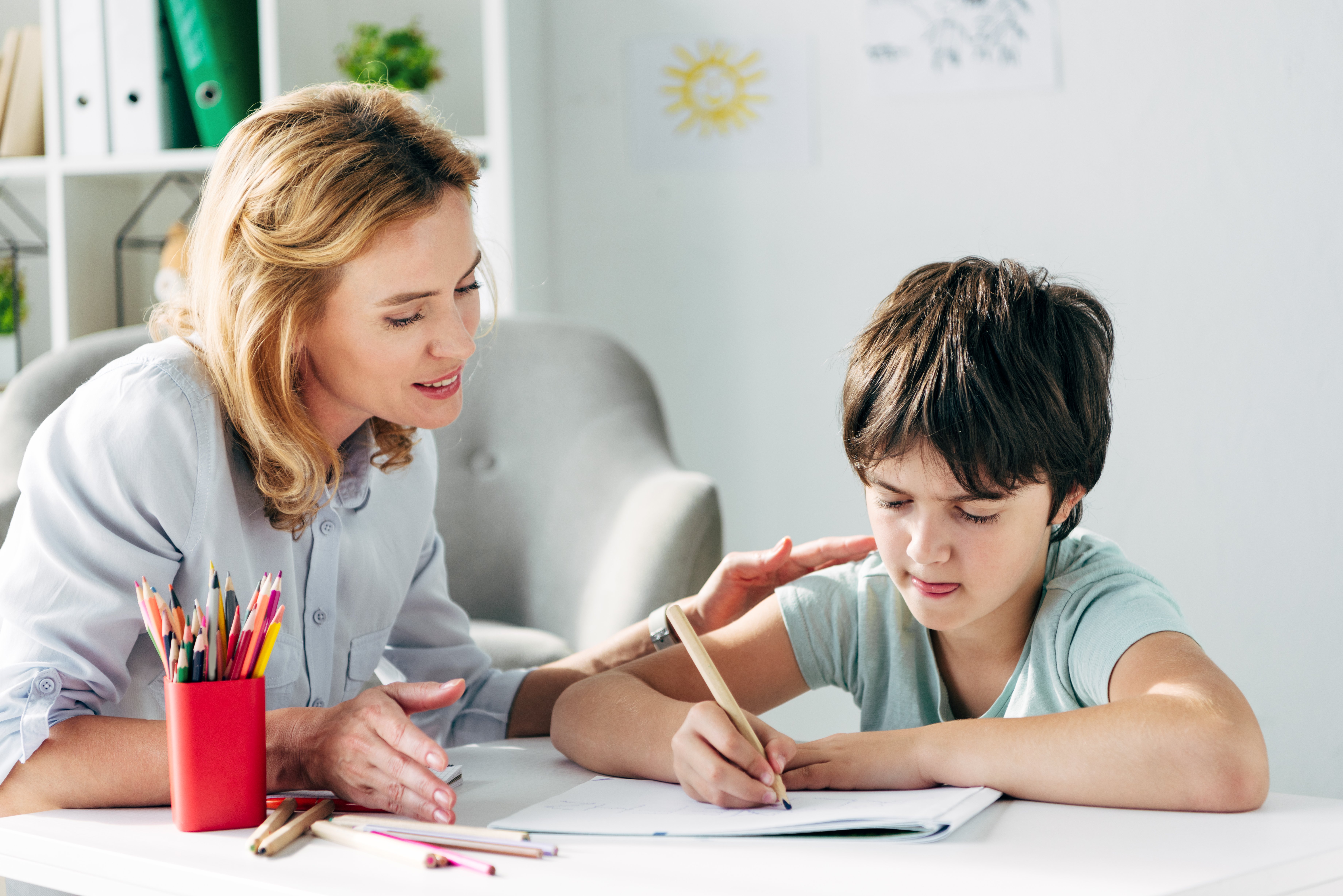What to Do When You Fall in Love with Your Friend: A Practical Guide
Emotional intimacy can happen with a platonic relationship or an intimate one. In some cases, you may start out as friends but then develop romantic...
4 min read
![]() Williamsburg Therapy Group
:
Mar 28, 2024 4:34:58 PM
Williamsburg Therapy Group
:
Mar 28, 2024 4:34:58 PM

The effects of emotional neglect in childhood are not always as cut and dried as you may think. This is partly because all types of childhood emotional neglect are not created equal. When we think about the phrase "child neglect," it's often a picture of a completely ignored individual, a victim of child abuse by parents who are intentionally causing pain.
And, while this can be true in some cases, many of those who have experienced childhood emotional neglect are people with less dire histories, people whose parents' emotional neglect is more along the lines of not understanding what a child needs as far as developmentally appropriate support.
There is a spectrum involved when it comes to childhood emotional neglect, and in this article, we'll take a closer look at what these types of neglect entail, and how they can affect an individual throughout the lifespan. We will also share how to heal from the effects of childhood emotional abuse or neglect.
Children need validation for their feelings, someone to hear them, and someone to give them emotional guidance. Childhood emotional neglect is a pattern of behavior that doesn't meet a child's emotional needs. Emotional neglect can exist in many forms...some parents simply don't know how to acknowledge a child's feelings because they were never taught. There are other cases in which emotionally damaged adults can purposely inflict this type of emotional neglect as a form of child abuse.
Often, this form of neglect can occur because the caregiver was themselves neglected as a child, and is unable or unsure of how to meet the needs of their own children emotionally. In either case, child neglect can have a negative impact on mental health from childhood onward.
-1.png?width=740&height=275&name=Definition%20Template%20(17)-1.png)
Unintentional neglect can be instances of leaving your child's emotional needs unmet, without really intending to, or even understanding that this is what they are doing. A common form of unintentional emotional neglect in childhood is telling boys that they need to "toughen up" and not allow them to cry or show other forms of emotion. Often, this type of emotional abuse is a result of unexamined trauma in their own childhood and is perpetuated through social mores that are outdated but still prevalent in American society.
Intentional childhood emotional neglect is a more direct and intentional form of child abuse, in which a parent or caregiver intentionally inflicts physical and emotional neglect in childhood. This type of childhood emotional maltreatment can be more obvious to observation, including things like ignoring a child or exposing them to domestic violence and other forms of abuse.
Childhood emotional neglect, like other forms of child abuse, can occur on a spectrum. There are several behaviors that can be classified as childhood emotional neglect, including the following:
Emotionally neglected children can demonstrate effects on mental health in a number of different ways. Because the forms of childhood emotional neglect and childhood emotional abuse exist on a spectrum, some may have different reactions than others. When experiencing childhood emotional neglect, you may notice that a child:
In adulthood, childhood emotional neglect can affect mental health in a variety of ways, depending on the child's emotional resilience, personality, and the severity of the childhood trauma.
Studies have shown that adults who experienced childhood emotional neglect were at greater risk for mental health issues such as depression, anxiety disorders, substance abuse, post-traumatic stress disorder, and personality disorders.
When a child doesn't receive emotional support in childhood, as an adult, they may find it difficult to regulate their emotions. Emotional dysregulation can negatively impact both professional and personal life.
Another issue with childhood emotional neglect (and especially in cases of childhood emotional abuse), is developing insecure attachment styles that make building relationships difficult.
Someone who experienced childhood emotional neglect can find it difficult to know their own value and worth as a person. They may also have trouble experiencing self-compassion.
Because of many of the mental health implications inherent in childhood emotional neglect, young adults may have difficulty cultivating and maintaining healthy relationships. They might not understand how to maintain healthy boundaries, may have poor emotional awareness, and can crave closeness without understanding how to cultivate it.
Childhood emotional maltreatment, such as childhood emotional neglect, can lead to an adult having difficulty expressing their emotions throughout their lifetime. They often carry on a cycle of parental emotional neglect for their own children.
Emotionally neglected children can become emotionally neglectful parents. Childhood shapes social dysfunctioning, and when a child's emotions are ignored to the point of damaging a child's self-esteem and psychological well-being, it can then create a cycle of pain. Adverse childhood experiences can be processed with treatment, and meeting with a therapist with experience in childhood emotional neglect can offer tools and strategies to manage stress, build relationships with others, learn new positive self-esteem behaviors, and improve quality of life.
Parents emotionally neglect their children in many cases because they don't understand their own emotions or how a lack of emotional validation can harm their children. They also may not have learned to develop healthy relationships with others. Emotionally neglectful parents can break the cycle by attending parenting classes to help them understand how to meet their child's emotional needs.
Parenting classes can help those who have experienced childhood emotional neglect learn to meet their own child's emotional needs and attend to their own mental health challenges as well.
If you suspect that you may be experiencing the effects of emotional neglect on your mental health today, or that you want to avoid the cycle of childhood trauma for your own children, there is treatment available through therapy.
At Williamsburg Therapy Group our team of doctoral-level Austin child psychotherapists is experienced in diagnosing and treating childhood trauma in children, young adults, and throughout their lifespan.
Give us a call today and our patient coordinator will help you find the right therapist to offer their expertise and support, and share the tools you need to learn self-compassion, learn appropriate emotional responsiveness, and overcome the effects of childhood maltreatment.

Emotional intimacy can happen with a platonic relationship or an intimate one. In some cases, you may start out as friends but then develop romantic...

Some people are naturally assertive, understanding what they want and using their own abilities to ask for what they need. However, many lack...

Most people have days like that every now and then. Days where you may feel sluggish and unhappy, out of control, or dissatisfied with life. However,...